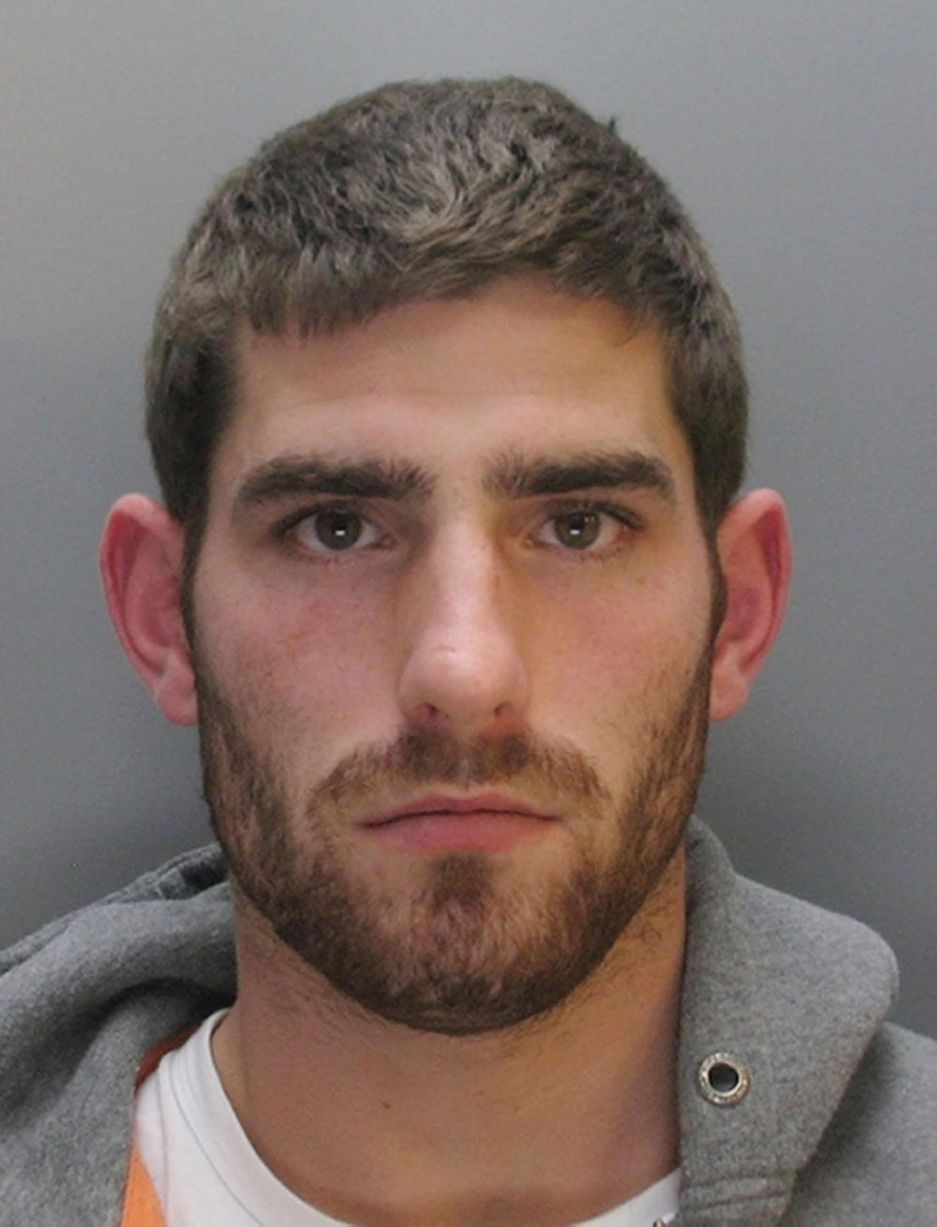Mikhail Hanafi looks at the Ched Evans and Brock Turner cases and why the rhetoric around rape still needs serious change.
On the 20th April 2012, Ched Evans was found guilty of rape. What followed was a media whirlwind, as traditional news outlets ran pieces with competing angles, yet all of them seemed to focus on the footballer himself. The headline chosen by the BBC was “Ched Evans jailed for five years”, whilst Wales Online reported “Wales star Ched Evans denies raping woman in hotel”. The Mirror perpetuated the hateful language directed at the victim from Evans’ friends, the author feeling the need to emphasise Evans’ ‘crying hysterically as he was found guilty’, before any mention of the victim.
The large majority of the coverage was focused on Evans himself and how it would affect his life and career. Meanwhile, the victim was subject to a social media shaming after Evans’ cousin leaked her name despite a legal guarantee of anonymity. The torrent of abuse that ensued was so extreme that the victim had to move across the country and change her name.
This disregard for the victim and the focus on the accused rapist isn’t isolated to the Ched Evans case. In January 2015, Stanford student Brock Turner was found behind a dumpster sexually assaulting an unconscious woman. His actions were, and still are, indefensible yet the judge found a prison sentence would have a “severe impact” on Turner, giving him such a light sentence that a juror on the case publicly stated that “justice has not been served”.
Similarly to the Evans case, media outlets emphasised Turner’s reputation, grades and position at a prestigious university. Turner’s father pleaded for a lighter punishment so as to not destroy his “bright future”, downplaying the rape to “20 minutes of action”.
Both Evans and Turner were released early from their sentences, in both instances with problematic justification.
Evans was released after his defence brought up the woman’s previous sexual history in his retrial. It set what 40 Labour MPs called a “dangerous precedent” for future cases; they argued rightly that consent in a previous instance cannot be reused in a rape case as defence.
The victim, after all, was seen falling over in the streets on CCTV footage, and was described by a hotel worker as having walked in “extremely drunk [with] a blank stare”. Yet this evidence was quashed in favour of testimony that she had consented to sex on two separate occasions with two different men within a few weeks of the incident.
Turner, on the other hand, spent only three months in jail. Judge Persky, who presided over his case, justified the decision by bringing up Turner’s youth and the damage a harsh sentence would bring to his once-bright future.
This problem of prioritising the feelings or future of the rapist isn’t limited to just the legal system and the media. Oklahoma State University professor John Foubert argues that the issue is buried deep within our culture; he argues that young people, particularly young people in universities, have a dangerously narrow idea of what constitutes rape.
Leslie Rasmussen, a childhood friend of Turner’s, argued in a letter to Judge Persky that Turner’s case “is completely different from a woman getting kidnapped and raped as she is walking to her car in a parking lot. That is a rapist. These are not rapists. These are idiot boys and girls having too much to drink and not being aware of their surroundings and having clouded judgement.”
This false distinction is what Foubert alludes to, suggesting that it’s one shared by an alarming number of university students. University of Arizona professor Mary Koss said that “You can put a college student rapist on a lie detector test and they will pass.” Students who commit rape often don’t legitimise it because they supposedly don’t fit the misconceived ideas of what a rapist is.
According to a survey conducted by Koss, more than 7% of college students had coerced or attempted to coerce a date to have sex with them, yet they did not consider this to be rape or attempted rape. It’s an issue that universities in both the UK and USA are struggling to address. Earlier this year, freshers at the University of York walked out of a sexual consent talk which they considered “patronising”. Around a quarter of the students who attended the talks were said to have walked out in protest. At the University of Warwick, student George Lawlor boycotted a sexual consent talk he was invited to because he didn’t “look like a rapist”.
The truth is, there is no specific “look” to a rapist. According to Rape Crisis England & Wales, over 80% of rapes are committed by a person known to the victim. This debunks the common idea perpetuated by Rasmussen and Lawlor that rapists look like a specific type of person, usually a dangerous stranger. In reality the only quality that defines a rapist is rape. There’s no physical trait or aesthetic that renders someone more or less likely to commit the atrocity.
These attitudes all contributes to rape culture. From social media reactions to the Evans and Turner cases, it’s clear that many are fighting to maintain the old, inadequate ideas of rape, blaming the victims for drinking, and absolving the accused rapists of their actions because they don’t fit a limited and ridiculous rapist ‘mould’. It’s difficult to say what the solution is, but it’s clear that the way rape is reported in the news and handled by the legal system aren’t helping to break down the widely held societal misconceptions around rape.
Mikhail Hanafi

